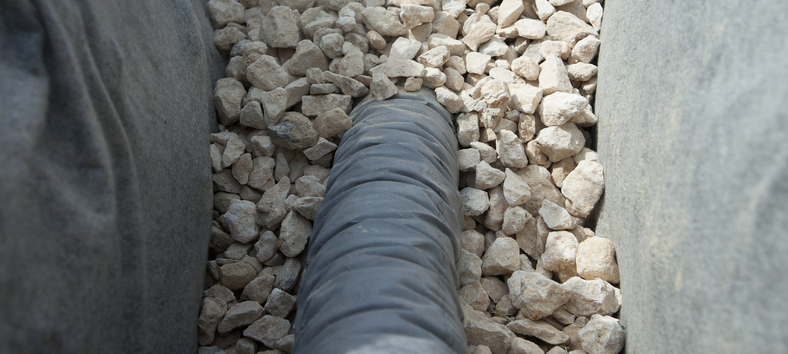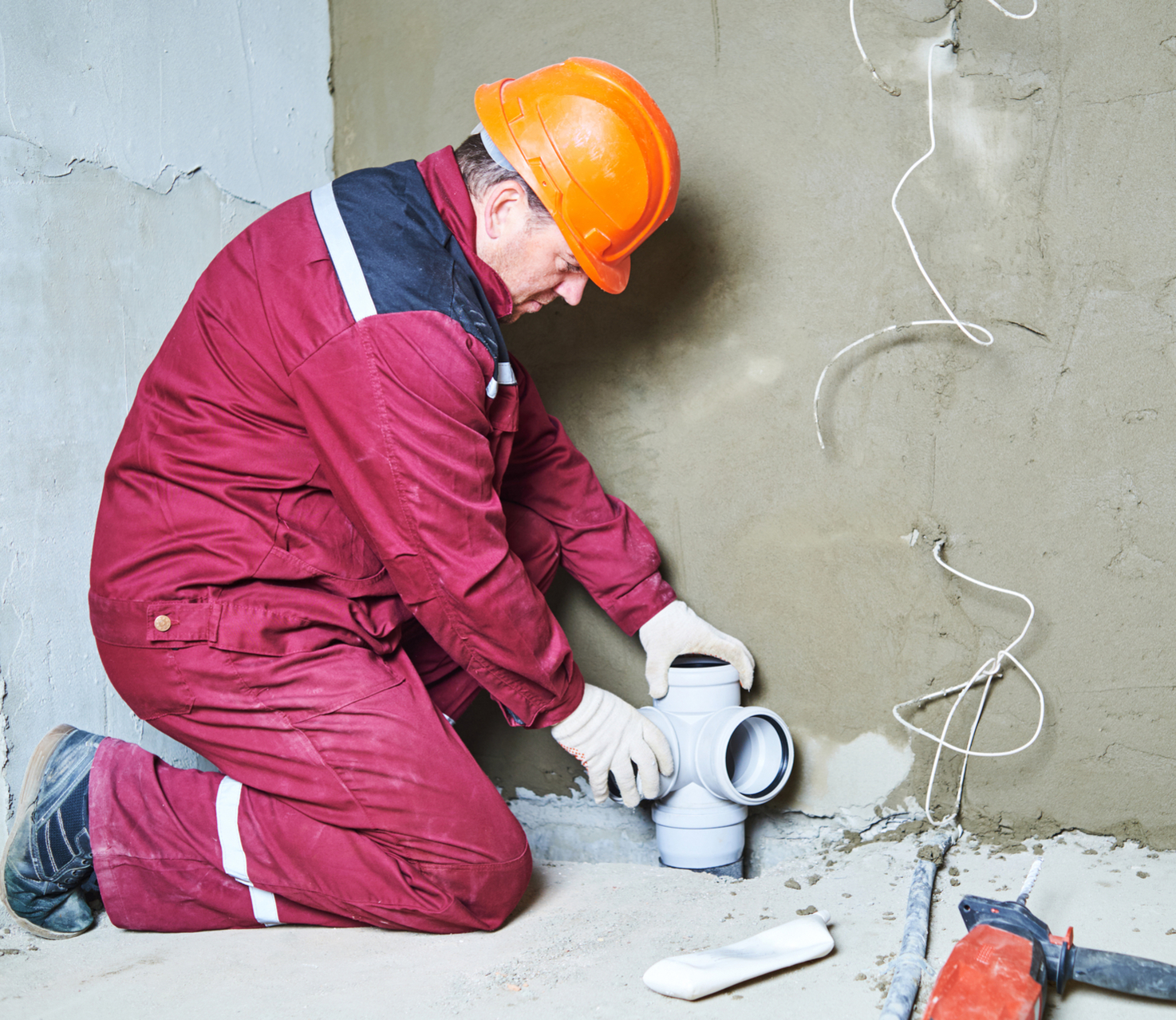Getting the Drain Down Low: How to Prepare for a Drain Installation in Your UK Home
Posted on 15th March 2024 at 11:15
There are many reasons that you might be considering drainage installation. Your garden could resemble a paddy field after a downpour, or your basement might be prone to a plethora of damp patches. Whatever the case is, you’ve turned to drain installation as the answer to your woes. However, before the builders turn up with their shovels, some preparation on your end can ensure a smooth and efficient process.
Here's your essential guide to getting ready for a drain installation in the UK:

1. Know Your Drainage Needs:
First of all, where does your drain need to go? Do you need the drain inside your property, such as a floor drain in your cellar? Or do you need an outside solution, such as a French drain for your garden?
Is there a specific purpose for your drain? Excess rainwater, appliance drainage, or perhaps something else? This will help determine the type of drain that you need installed, and the exact location you want the boys with pipes to dig.
2. Permits and Regulations:
Building Regulations Approval: Certain drainage works in the UK require Building Regulations approval from your local council. Check with your chosen installer or council's planning department to see if this applies to your project.
Underground Utility Checks: Before any digging commences, it's crucial to identify and mark any underground utilities like gas or electricity lines. Contact the National Underground Utility Location Information Service (NULIS) to arrange this.

3. Choosing Your Installer:
Qualifications & Experience: Look for a qualified drainage engineer or contractor with experience in similar projects. References and guarantees can be helpful too.
Clear Communication: Ensure you get a detailed quote outlining the work involved, materials used, expected timescales, and any potential disruptions. Don't hesitate to ask questions!
4. Preparing Your Property:
Clear the Area: Remove any furniture, plants, or obstacles from the work area, both inside and outside your property.
Access Considerations: Think about how the installers will access the work area. Will they need vehicle access for materials?
Parking: If on-street parking is limited, discuss temporary parking arrangements with your installer beforehand.
5. On the Day of Installation:
Be Present (if possible): While the professionals work their magic, it's helpful to be available to answer any questions they may have.
Safety First: Keep children and pets away from the work area to avoid any potential hazards.
Bonus Tip:
Weather Watch: If your drain is being installed outdoors, keep an eye on the weather forecast. Heavy rain might delay the work.
By following these steps, you can ensure your drain installation runs smoothly and efficiently. Remember, a well-planned project is a stress-free project, leaving you with a functional drainage system and a drier home!
If you're considering drainage installation, call us today on 01604 492701.
Alternatively, visit the contact us page for all other enquiries.
Share this post:





